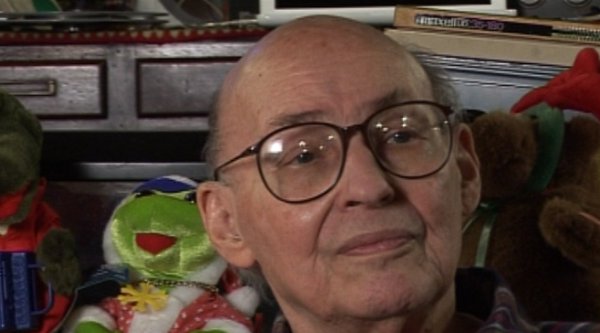I came to MIT in about 1958 or '59 and started teaching in the math department and accumulating these students working on ideas about artificial intelligence. And at that time, the capabilities of... what we call AI Systems – Artificial Intelligence Systems – were pretty limited. And we were working on… most people were working on pedestrian problems like: can you build a program that will scan a picture... most computers didn’t even have a scanner at the time so we, in fact, had to build those optical scanners or use facsimile machines or something like that. And could you build a machine that would recognize a handwritten word like 'and', and 'friend' and 'computer'.
So a number of people were working on just transcribing hand-printed text that wasn’t so hard; hand-written text was harder. Someone discovered that it was easy to read handwritten text if you could record the motion of the pen rather than just scan the picture. There were a couple of MIT professors who noticed that if you looked at the velocity changes of the pen, it was very... comparatively easy to distinguish an M from an N and an O from a U just by the... looking at the speed at which the pen was moving, maybe not even caring which direction it was moving, but just looking at the changes in speed – each letter would have a different profile. So, there were all sorts of strange little discoveries like that.
But for many years, in fact to this day, we don’t have systems that can read handwriting very well. We also worked on trying to recognize words that were spoken, where you’re taking an audio wave form and... that sort of thing. But in our lab... most of these things were happening in a few places around the country, around the world, really, notably England.






